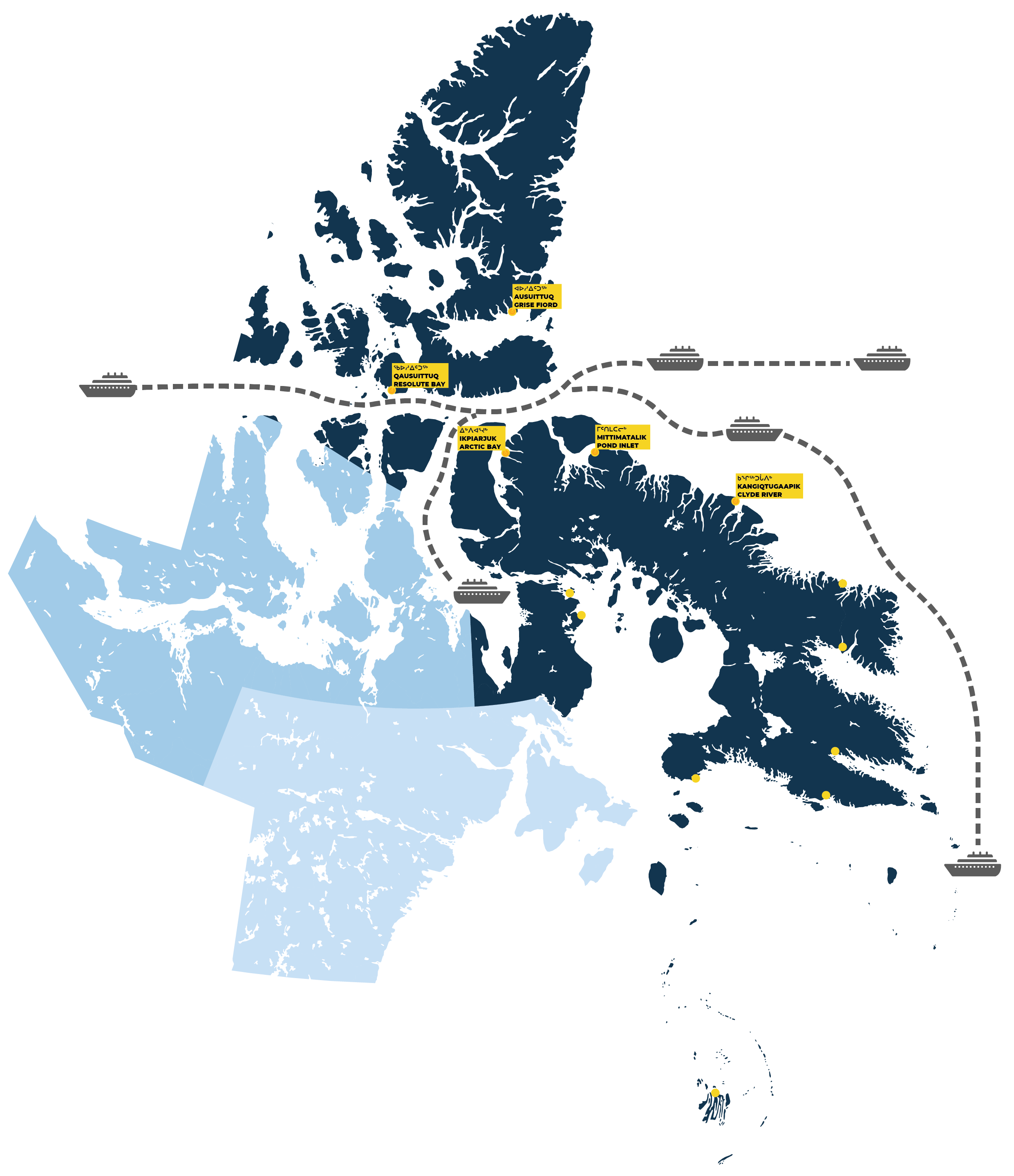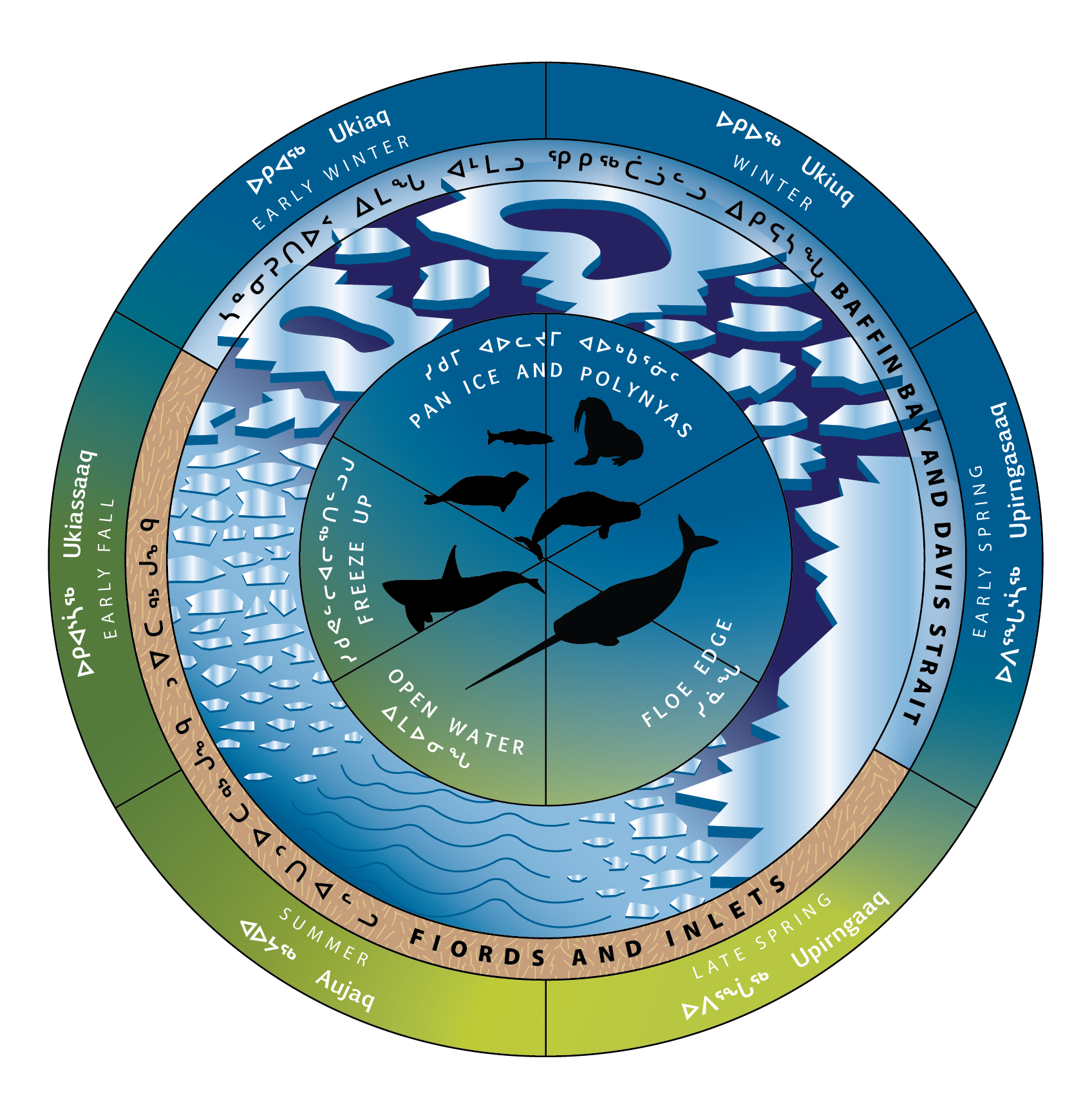Management of Inuit Owned Lands
ᑭᓱᓕᕆᕙᓐᓂᕗᑦ
Inuit Owned Land Tourism Fees
Generating Tourism Income
In October 2019, QIA implemented a tourism operation fee for commercial tourism operators who wish to access Inuit Owned Lands.
Tourism in Qikiqtani communities has increased, with a noticeable rise of cruise ship travel throughout the Inuit Nunangat. Before the tourism fees were established, tourism operations did not generate significant direct benefits to Qikiqtani communities.
QIA has leveraged the tourism operation fees in order to generate direct benefits for Inuit in communities impacted by tourism.
Fifty per cent of the tourism fees will go to the Hunters and Trappers Organizations of the community adjacent to the Inuit Owned Land being used.
The tourism operation fees include:
- Plane landing on IOL: $150/landing
- Helicopter landing on IOL: $100/landing
- Commercial guest access for camping on IOL: $50/day
- Commercial guest access for less than six hours on IOL: $25/day
Inuit Owned Land Permit
Inuit Owned Land Registry
QIA has an online Land Use Application Registry for land use permit applications. Applicants can submit, and check, the status of their application through this online portal.
The online system also includes automatic reminders to applicants on reporting deadlines and inspection timings to ensure all essential documents are received on time.
Paper-based applications will still be accepted in English and Inuktitut for those who do not have access to the internet.
To learn more or to access the application:
For more information contact the Land Use Registry at registry@qia.ca
Strategic Environmental Assessment
Assessment of Oil and Gas Activities in Baffin Bay and Davis Strait
In 2016 the Federal Government placed a moratorium on new oil and gas activities in all offshore Canadian Arctic waters. This decision will be reviewed again in 2021.
The Nunavut Impact Review Board (NIRB) initiated a Strategic Environmental Assessment (SEA) on oil and gas activities in Baffin Bay and Davis Strait in response to the moratorium. The purpose of the SEA is to understand the associated risks, benefits, and management strategies of offshore oil and gas activities in Baffin Bay and Davis Strait. The SEA report and associated recommendations will inform the Federal Government’s decision in 2021.
Since 2017, QIA has been a part of the working group for the SEA study. The primary focus has been working with Inuit to collect Inuit Qaujimajatuqangit (traditional knowledge), which will inform the final recommendations of the SEA.
To learn more:









